London Bridge attacker’s home known for Islamic terrorism
London Bridge attacker Usman Khan is not the first terrorist to rock Stoke-on-Trent. The English town has become known as a hot-bed for Islamic terrorism.
Crime in Focus
Don't miss out on the headlines from Crime in Focus. Followed categories will be added to My News.
London Bridge attacker Usman Khan was not the first Islamic terrorist from the deprived English town of Stoke-on-Trent and he will not be the last.
The small city in the north of England has been rocked by the horrific crimes of one of its own sons, followed by a series of raids on the homes of suspected terrorists in recent days.
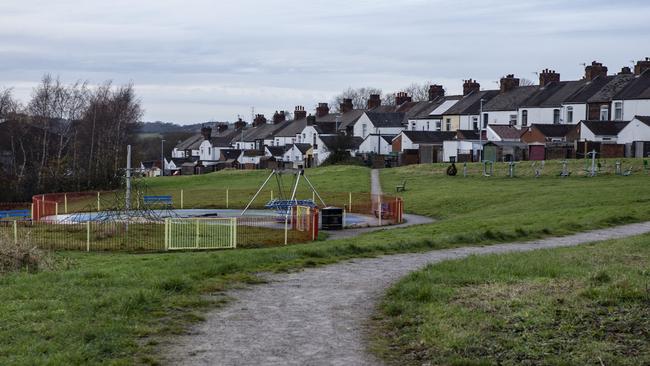
When Khan first went to jail in 2012 for plotting to blow up the London Stock Exchange and Boris Johnson’s house, he was part of a crew of Stoke-based terrorists who had been radicalised through the local branch of Al-Muhajiroun – a notorious Islamist extremist organisation in the UK.
UK counter-terrorism experts regard it as a hot-bed for Islamic terrorism but the local Muslim community in Stoke have closed ranks and are batting away any suggestions there are any problems in their own ranks.
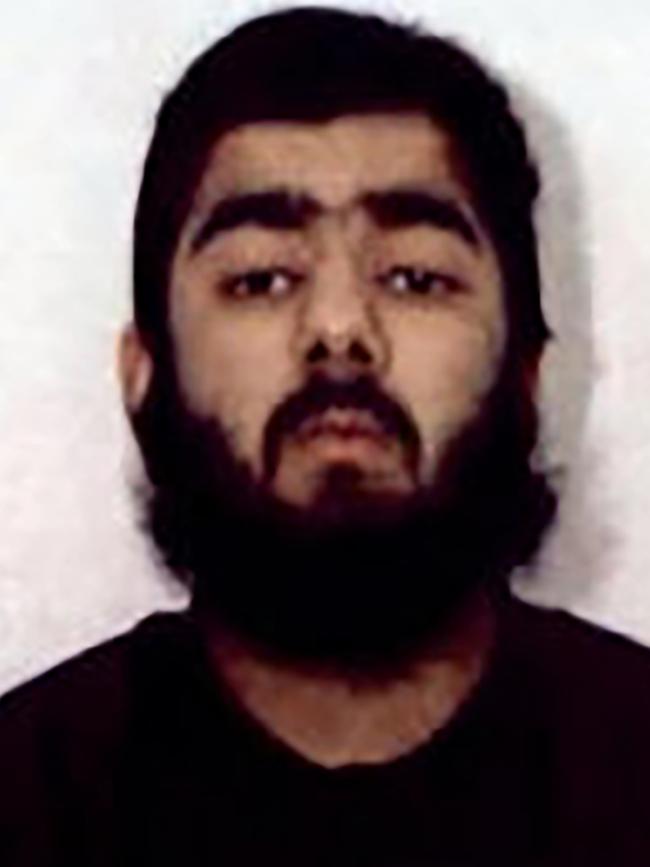
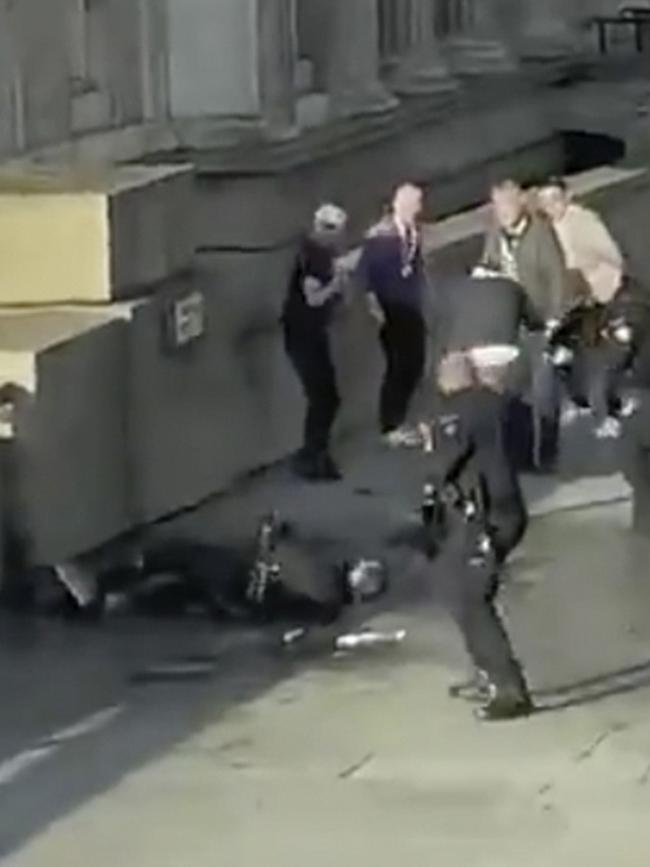
Fiyaz Mughal is the founder of Faith Matters – a Muslim-led anti-radicalisation group – and a member of the UK Government’s expert group for the Commission of Counter-Extremism.
He said Stoke’s Muslim leaders are kidding themselves if they believe their problems with extremism have gone away with the death of Khan.
“Stoke-on-Trent has been a hot spot because it’s home to the most active and energised Islamic extremist campaigners,” he said.
“When you match those campaigners with the deprivation and depression you see in an area like Stoke – that combination is the most dangerous to radicalising people.”
“Radicalisation efforts in Stoke have waxed and waned over the past few decades but it is on the rise.
“There are HT (Islamist extremist group Hizbut-Tahrir) groups on the rise is Stoke, Al-Muhajiroun is resurfacing … they are active and they are networking.”
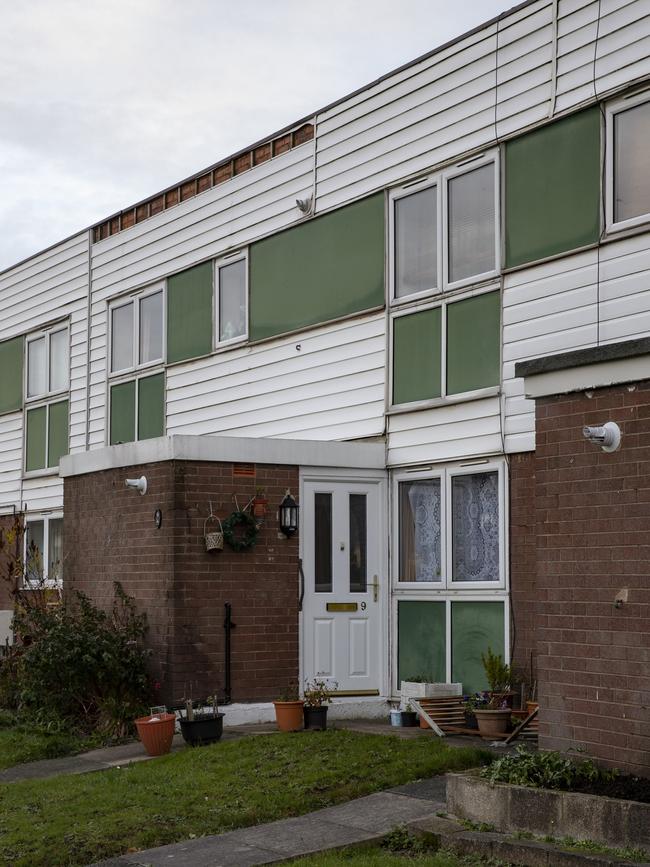
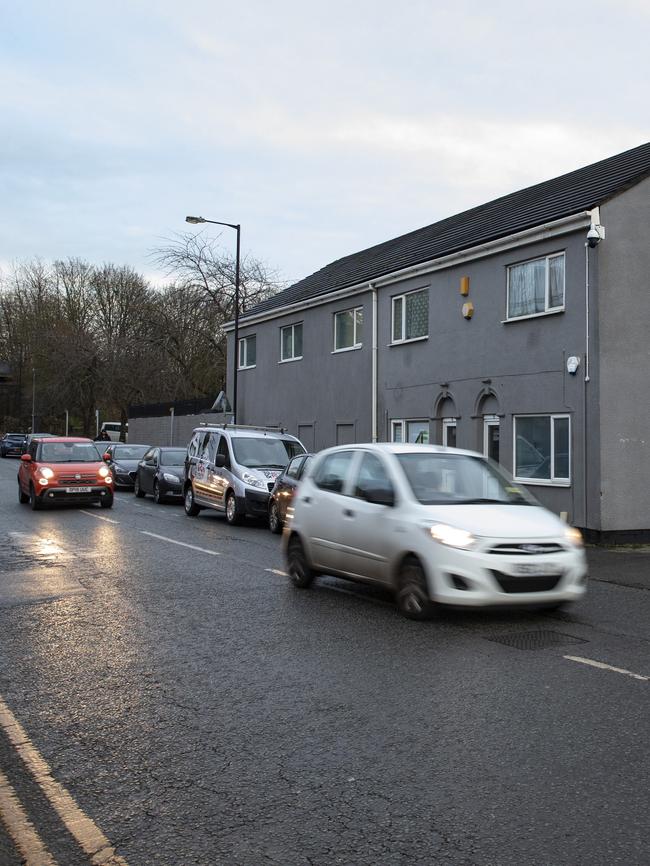
After Khan killed Cambridge University graduates, Jack Merritt, 25, and Saskia Jones, 23, and injured three others in the London Bridge attack, the focus has turned to how he could ever have been let out of jail.
But questions were also being raised about the failure of UK authorities to deradicalise terrorists in prison and prevent them from ever turning to Islamic extremism in the first place.
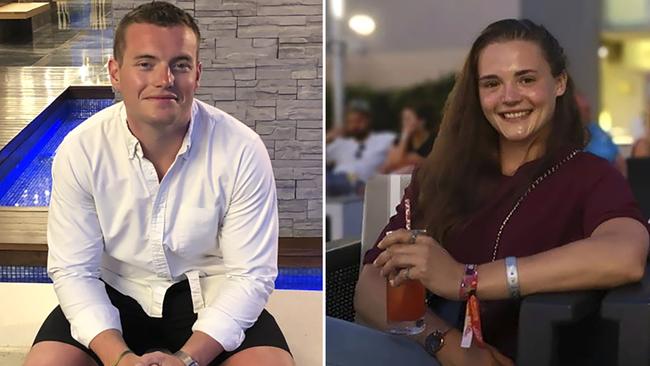
As a swath of convicted terrorists are due for release in Australia in the next 18 months, our own authorities will be looking to the UK and hoping to avoid the disaster that led to Khan’s attack.
The London Bridge terrorist had been convicted in 2012 of plotting to blow up Mr Johnson’s home, other targets, and trying to start up a terrorist training camp in Kashmir, Northern India.
Presiding judge Alan Wilkie said at the time he sentenced Khan that he and his accomplices – including Stoke man Nazam Hussein – that they were too dangerous to be let out of jail.
However, Khan’s jail sentence was reduced by Court of Appeal judges in 2013, and he was out by 2018.
MORE NEWS
‘Don’t mess with me’: Pelosi explodes over Trump
Confessions of an office Christmas party DJ
Huge problem with Year 6 classes
All the time he was pretending to be reformed and would later target the very people who work to rehabilitate prisoners like him.
Police, politicians, prison services and the courts are now in the firing line over how Khan could fall through the cracks of the system.
There has been an urgent review of recently released terrorists and one of Khan’s 2012 gang – Hussein – was arrested in Stoke-on-Trent last Sunday.
But Mr Mughal said the UK is still suffering from a deeper problem – a failure to call Islamic extremism for what it is.
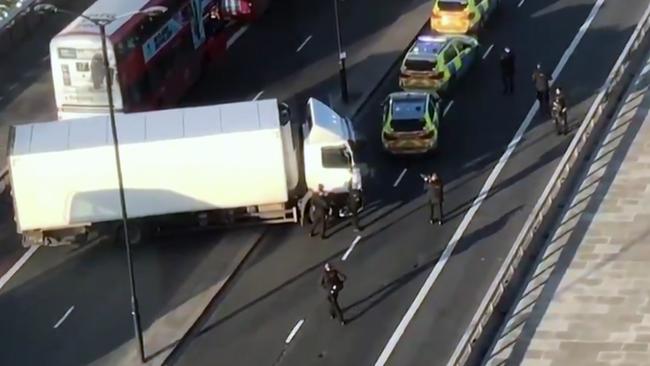
“The soft underbelly of Islamic extremism is being ignored – the part that says Western civilisation is decadent, that blames the government and the police, which leads to more dangerous forms of extremism,” he said.
“UK politicians and local councillors are not providing the leadership to call it out … they think it is better to ignore it. They don’t want to be called racist or Islamophobic.
“The fact is that in Britain there is a spinelessness when it comes to calling out Islamic extremism.”
There was clearly a sense of heightened tension in Stoke’s Muslim community after London Bridge.
When News Corp Australia visited a street once home to convicted local terrorist Hussein, a group of three, large, hooded men told us to get off the street while we were talking to residents.
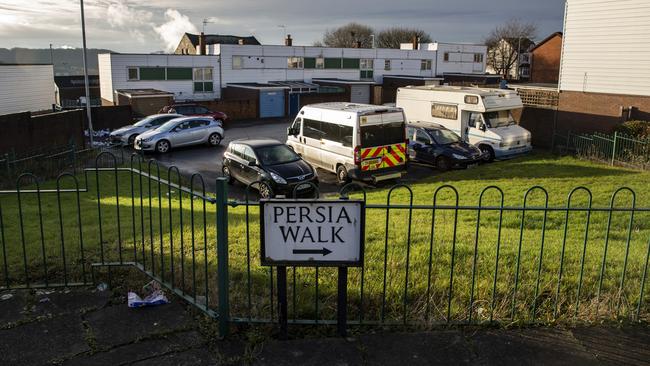
“We’ve had enough of people, journalists, coming around here asking questions,” the leader of the gang said.
Local Muslim leaders like Stoke-on-Trent councillor Mohammed Pervez were also keen to shut down any suggestions that there is an extremism problem in their community.
“Nobody knew Khan was out. I’m the local councillor and I didn’t know he was released, so how could anybody else know?” Mr Pervez said.
“The community had forgotten about him and now he has reappeared. It’s brought all the memories back of the original arrests in 2011.
“This has nothing to do with Islam, I want to make that clear. The whole community condemns the terrible attack on London Bridge and the Islamic religion that killing leads to hell.
“But I have grave concerns that a whole community is asked to answer for the actions of certain individuals.”
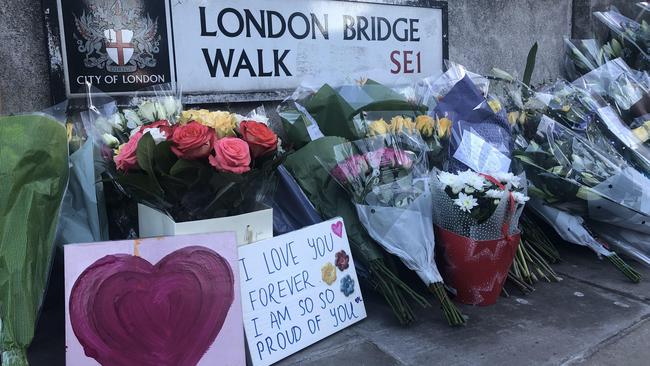
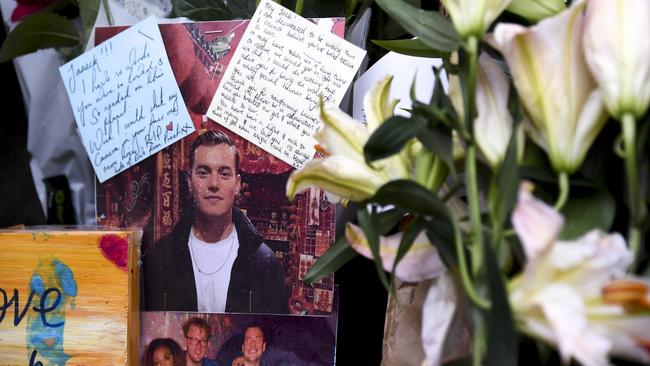
Local electrician Tahir Raza was working on a renovation job outside the childhood home of Khan where his evil first started bubbling.
He said there had been an issue with radicalisation in the Stoke Islamic community but local Muslims believed they had successfully got rid of the fanatics.
“There was a problem eight or 10 years ago. There was a couple of lads from around here got involved with Al-Muhajiroun,” he said.
“It really did seem it all went away … But then these blokes got out of jail, went to places like London and killed people.”
But reminders of Khan’s crimes were hard to escape.
One of Mr Raza’s colleagues – tradie Danny Smith – revealed that he knew Khan in high school, and even then he was clearly a radical.
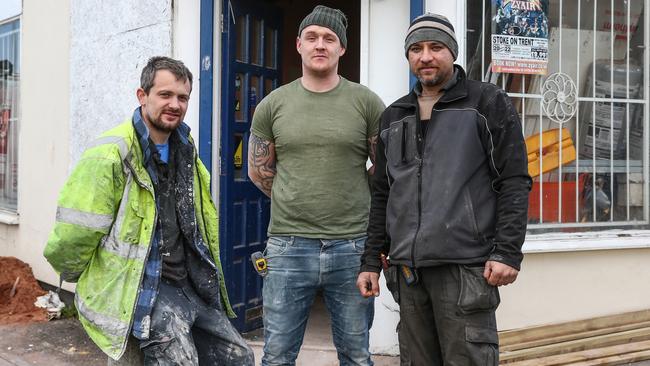
“You know, I went to school with him. That freaked me out,” Mr Smith said.
“We were year 7 at the same time, must have been 2008-09. Everyone avoided him. He used to be bullied a lot.
“Even then he was into all of that terrorism stuff. He had this school planner – you know, with your timetable on it – and he stuck a picture of Osama bin Laden on the back.”
Boris Johnson has promised tougher sentences for terrorists and said if he was re-elected next week that he would also work to keep terrorists like Khan’s 2012 Stoke accomplices in jail.
Former prison governor and counter-terrorism expert Ian Acheson wrote a report for the government on how UK prison services could better deal with terrorists.
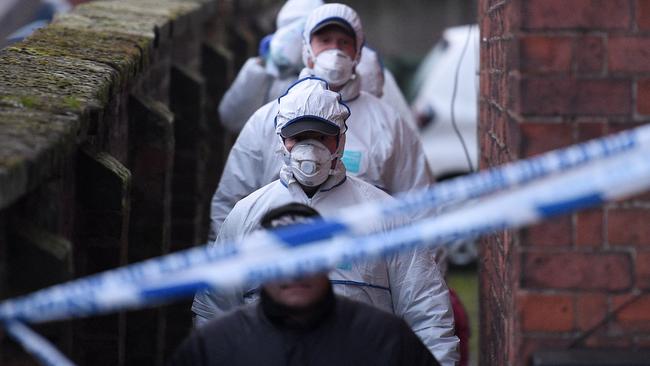
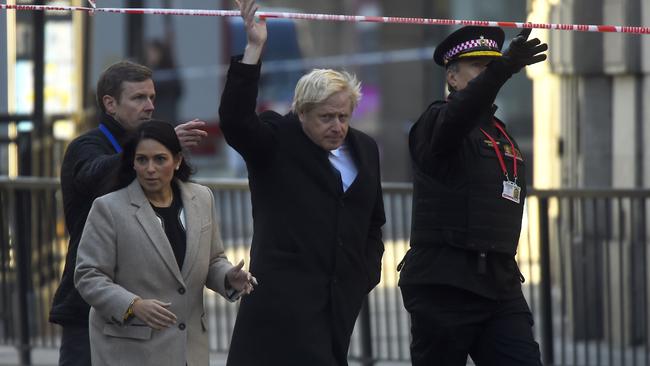
But Mr Acheson – who has tackled both the IRA and Islamic extremism – said bureaucrats have failed to listen.
“The system of moving terrorists around different prisons has not worked, they have connections in every hinterland of every prison,” Mr Acheson said.
“We need separation centres to keep them together. There are only 220 of these prisoners. We should know about every single thing they are doing. We don’t even have a terrorist prisoner category.
“But Her Majesty’s Prison Service has no appetite to abandon its current policy despite the fact it’s been a disaster … but I have faith the London Bridge disaster — and it is a disaster – will be a game changer.”
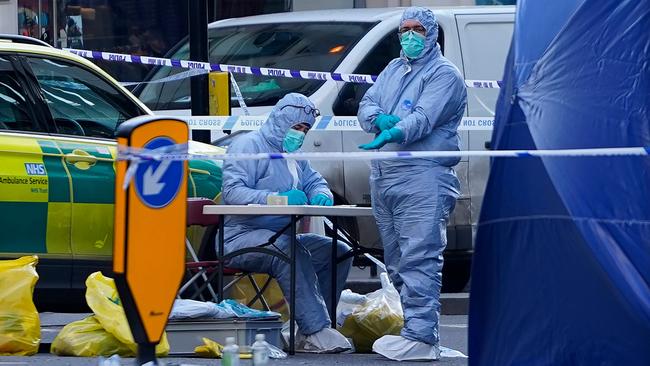
Both Mr Acheson and Mr Mughal agree that the British Muslim community will play a key role in reforming terrorists. But they also both fear that prison imams are not up for the job.
Mr Acheson said: “If Imams cannot tackle extremism, they must be replaced … you need to just google some of these Muslim advisers and see the platforms they share.”
Mr Mughal said the imams were simply no match for the terrorists in prison.
“They are 55, 65-years-old. They do not have the personal skills and the theological firepower to take on these hardened prisoners.
“One imam admitted to me: ‘Some of the terrorist leaders are so charismatic. I was almost turned.’”
Originally published as London Bridge attacker’s home known for Islamic terrorism

